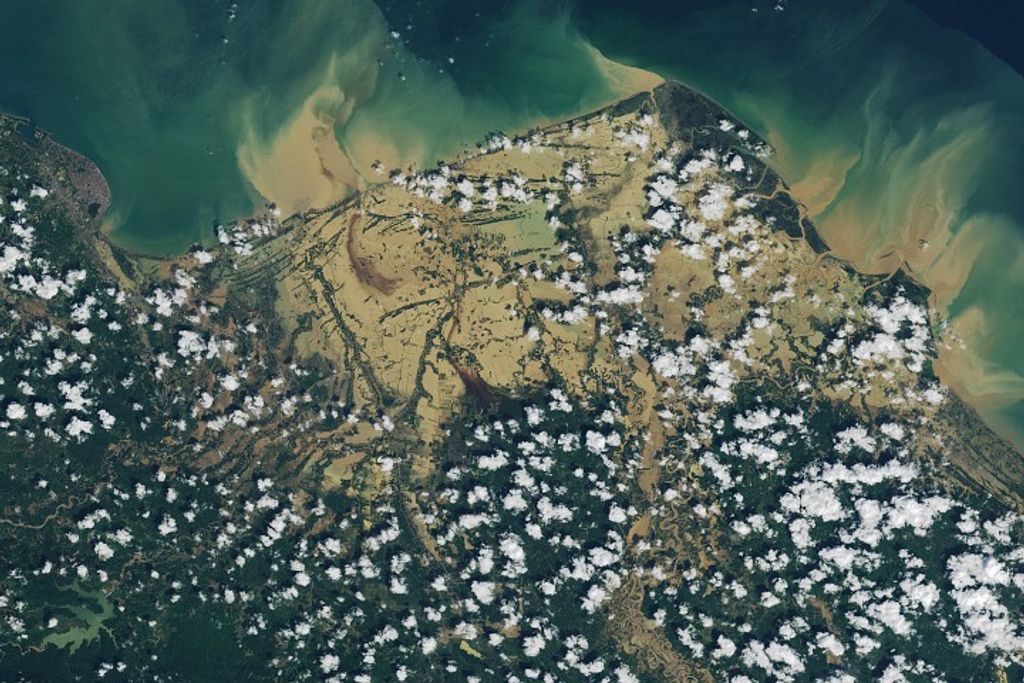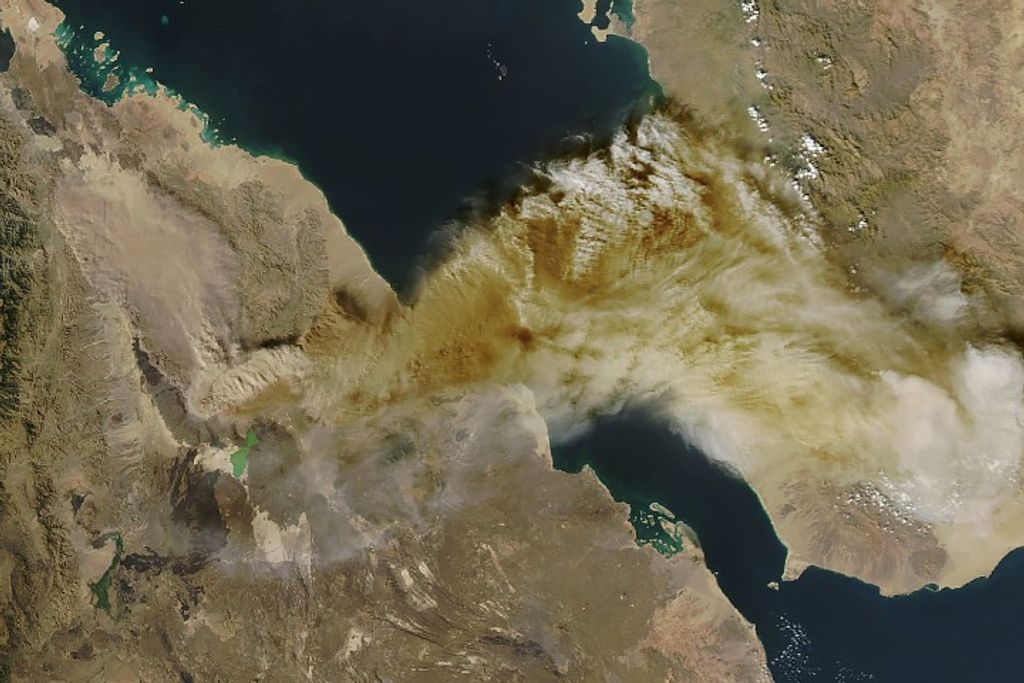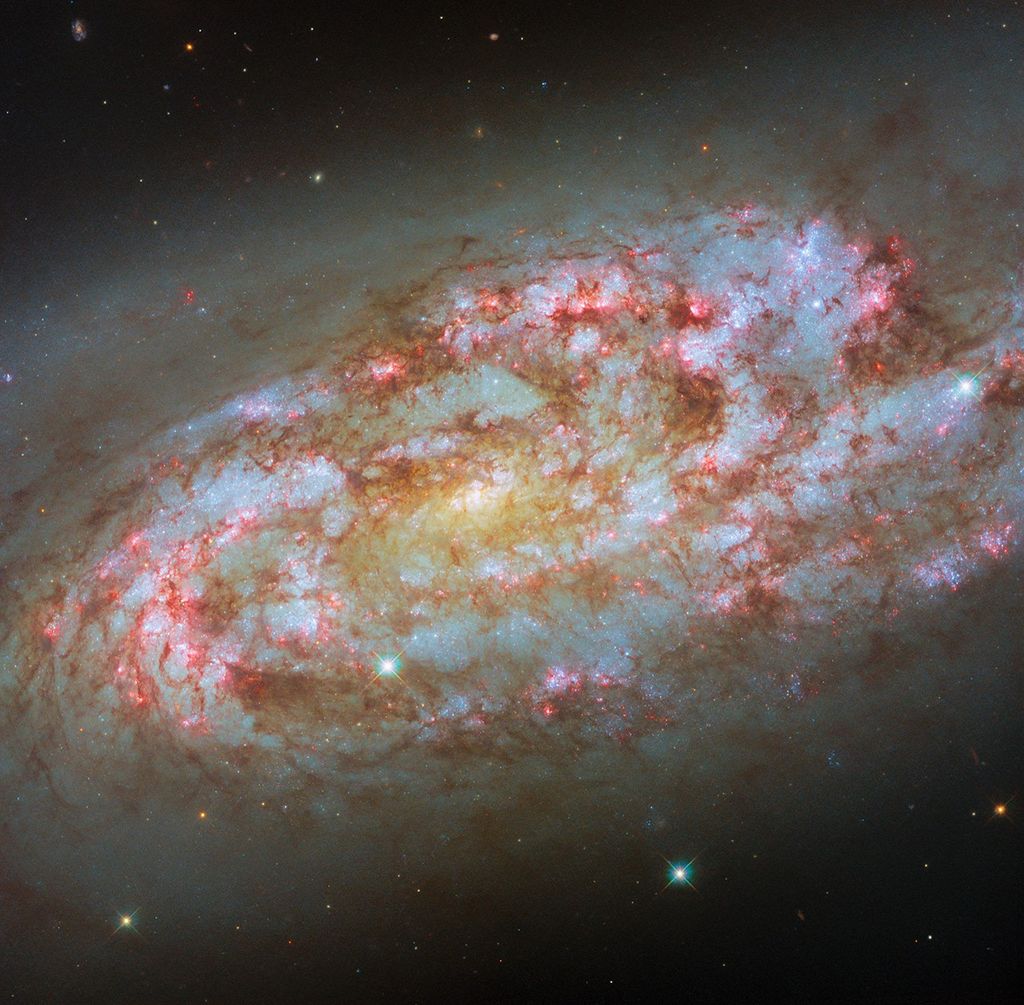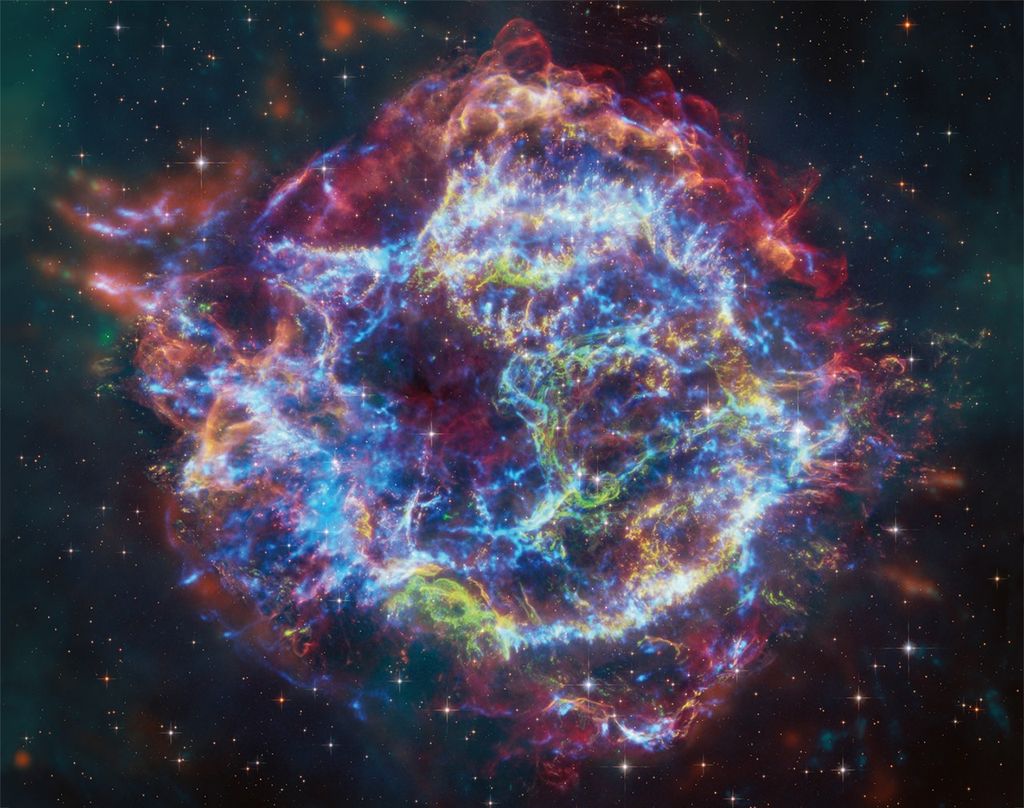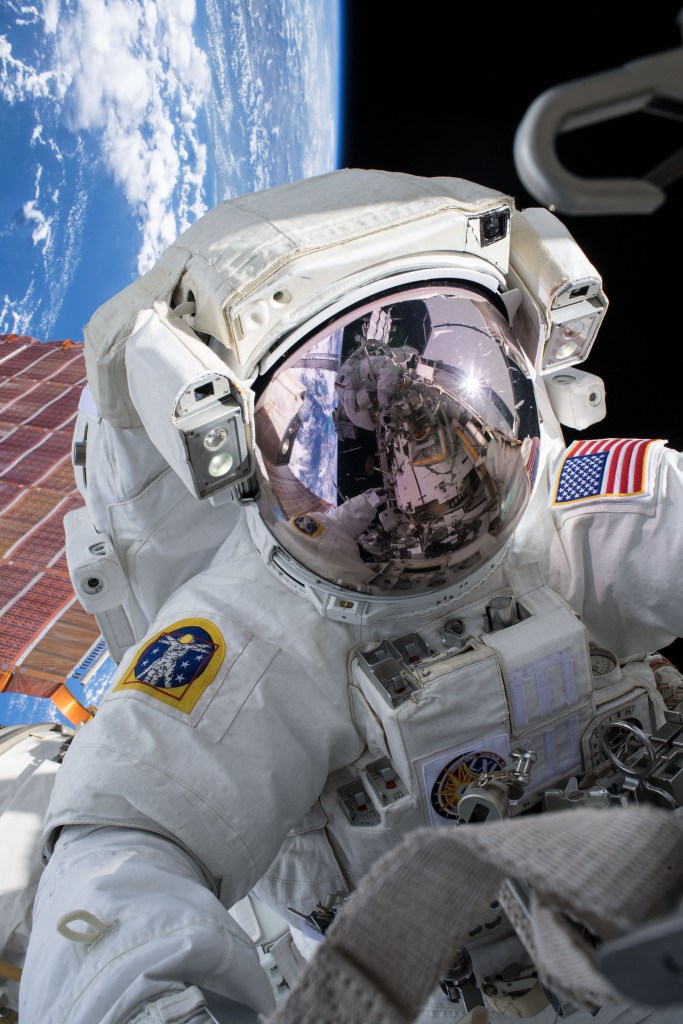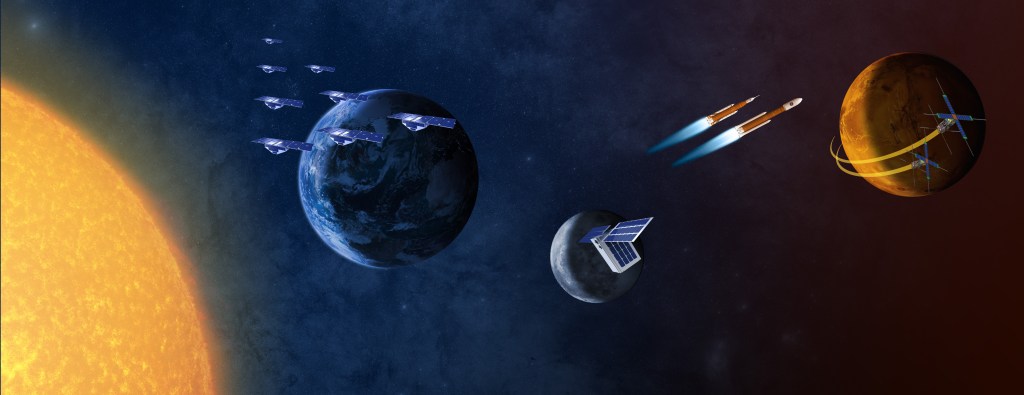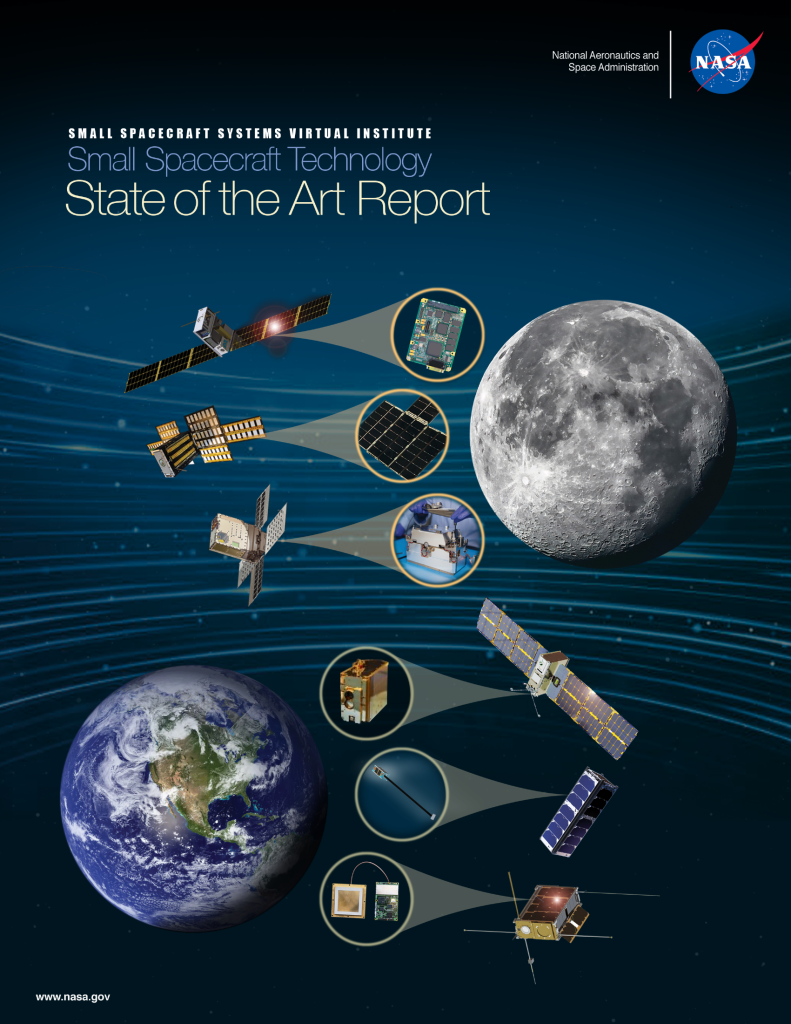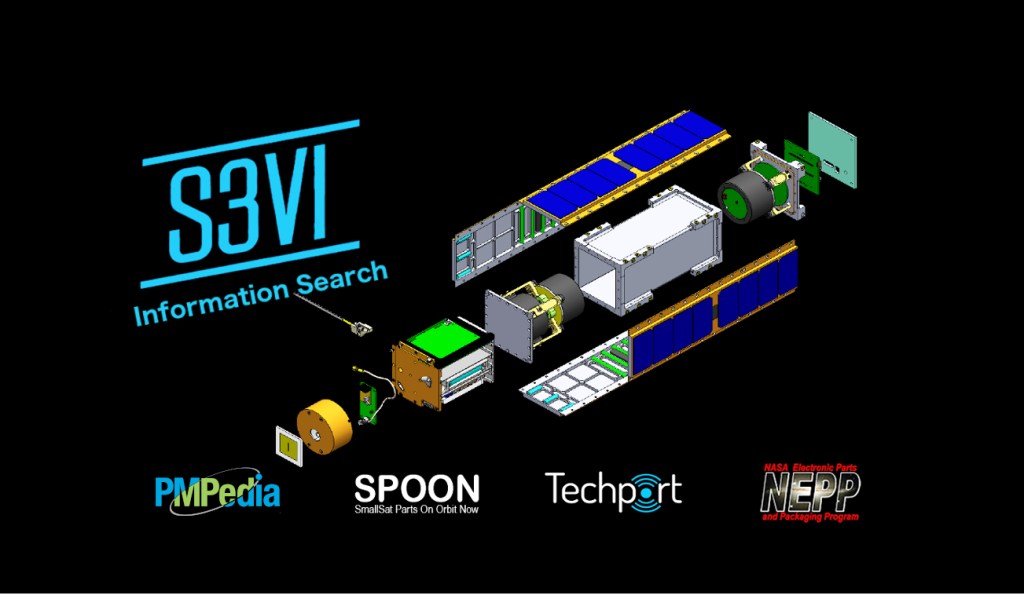May 25, 2022
Craig Hardgrove
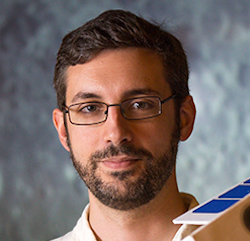 Abstract: The Lunar Polar Hydrogen Mapper (LunaH-Map) spacecraft is a 6U CubeSat launching on the Space Launch System (SLS) Artemis-1 mission. LunaH-Map was the first mission selected in NASA’s Science Mission Directorate’s Small, Innovative Missions for Planetary Exploration (SIMPLEx) program. As of July 2021, the spacecraft has been delivered to NASA Kennedy Space Center and integrated into the SLS Orion Stage Adapter (OSA). LunaH-Map will orbit the Moon and use a neutron spectrometer to produce a map of hydrogen abundances within the top meter of lunar south polar regolith. The low altitude perilune of LunaH-Map’s science orbit will enable neutron maps of sufficient resolution to constrain the bulk abundance of lunar polar volatiles within permanently shadowed regions of the lunar south pole. Improved understanding of the spatial distribution of hydrogen enrichments will inform models of the emplacement and preservation history of lunar polar volatiles. The flight spacecraft and neutron spectrometer were qualified through thermal-vacuum and vibration testing. All components passed pre- and post-qualification checkouts. The primary science instrument, a miniature neutron spectrometer (Mini-NS), has also been developed, tested and qualified as part of the LunaH-Map program. The Mini-NS performance has been benchmarked using calibrated neutron and gamma-ray sources, as well as characterized through a series of temperature cycles and solid angles at the Los Alamos National Laboratory Neutron Free In Air facility. Here we provide a summary of the LunaH-Map schedule of operations after deployment from SLS Artemis-1, as well as the expected cruise and transition into lunar orbit phase of the mission.
Abstract: The Lunar Polar Hydrogen Mapper (LunaH-Map) spacecraft is a 6U CubeSat launching on the Space Launch System (SLS) Artemis-1 mission. LunaH-Map was the first mission selected in NASA’s Science Mission Directorate’s Small, Innovative Missions for Planetary Exploration (SIMPLEx) program. As of July 2021, the spacecraft has been delivered to NASA Kennedy Space Center and integrated into the SLS Orion Stage Adapter (OSA). LunaH-Map will orbit the Moon and use a neutron spectrometer to produce a map of hydrogen abundances within the top meter of lunar south polar regolith. The low altitude perilune of LunaH-Map’s science orbit will enable neutron maps of sufficient resolution to constrain the bulk abundance of lunar polar volatiles within permanently shadowed regions of the lunar south pole. Improved understanding of the spatial distribution of hydrogen enrichments will inform models of the emplacement and preservation history of lunar polar volatiles. The flight spacecraft and neutron spectrometer were qualified through thermal-vacuum and vibration testing. All components passed pre- and post-qualification checkouts. The primary science instrument, a miniature neutron spectrometer (Mini-NS), has also been developed, tested and qualified as part of the LunaH-Map program. The Mini-NS performance has been benchmarked using calibrated neutron and gamma-ray sources, as well as characterized through a series of temperature cycles and solid angles at the Los Alamos National Laboratory Neutron Free In Air facility. Here we provide a summary of the LunaH-Map schedule of operations after deployment from SLS Artemis-1, as well as the expected cruise and transition into lunar orbit phase of the mission.
Bio: Dr. Craig Hardgrove is an Assistant Professor in the School of Earth and Space Exploration at ASU. He earned his Doctoral degree in Geology from the University of Tennessee, Knoxville in 2011 and his Bachelor of Science degree in Physics from the Georgia Institute of Technology in 2005. Dr. Hardgrove is the Principal Investigator for the Lunar Polar Hydrogen Mapper (LunaH-Map) cubesat mission. LunaH-Map will launch on Artemis-1 in early 2022 and will orbit the Moon to map the distribution of water-ice throughout the lunar south pole, including within permanently shadowed regions. He is also a Participating Scientist on the Mars Science Laboratory Curiosity rover Dynamic Albedo of Neutrons instrument team. Dr. Hardgrove’s research is focused on the characterization of hydrated rocks and their constituent phases on rocky planets through the use of nuclear spectroscopic instrumentation, as well as on small spacecraft development for interplanetary exploration. Dr. Hardgrove is also active in several NASA instrument development projects and has over a decade of experience working on spacecraft missions, having begun his career working on the Mars Exploration Rovers Spirit and Opportunity. In addition to serving as the Principal Investigator for LunaH-Map, Dr. Hardgrove is currently a member of the science team on the BepiColombo mission to Mercury, as well as the Curiosity and Mars 2020 Perseverance Mars rovers.
Philip Kaaret
 Professor and Chair, Department of Physics and Astronomy, University of Iowa
Professor and Chair, Department of Physics and Astronomy, University of Iowa
Abstract: HaloSat was the first CubeSat competitively funded by NASA’s Astrophysics Division and performed a two-year, all-sky survey in the soft X-ray band. HaloSat’s primary goal was to map the hot gas surrounding the Milky Way. It has also been used to study extended soft X-ray sources and to search for 3.5 keV line emission from a putative sterile neutrino. The full HaloSat data set has been archived at NASA’s HEASARC and is publicly available. We describe the design, construction, and operation of HaloSat, highlighting the challenges encountered and lessons learned.
Bio: Philip Kaaret has extensive experience building instruments for high energy astrophysics and analyzing multiwavelength astrophysical data. He is Principal Investigator (PI) on the HaloSat CubeSat to study X-ray emission from the hot halo of the Milky Way galaxy. He was Project Scientist and then PI on the Stellar X-Ray Polarimeter. He led the Bragg Reflection Polarimeter student experiment on the Gravity and Extreme Magnetism Small explorer.
Benjamin K. Malphrus
 Abstract: Lunar IceCube is a 6U CubeSat designed to prospect for water in solid, liquid, and vapor forms and other lunar volatiles from a low-perigee, highly inclined lunar orbit. The mission was selected through NASA’s NextSTEP program for a flight opportunity on Artemis 1 (formerly EM-1) and supported by NASA’s Advanced Exploration Systems (AES). The mission is a partnership between Morehead State University, NASA Goddard Spaceflight Center (GSFC), Jet Propulsion Laboratory (JPL), the NASA Independent Verification and Validation Center (IV&V) and the Busek Space Propulsion Company. Lunar IceCube will be deployed by the Space Launch System (SLS) and use an innovative RF Ion engine to achieve lunar capture and the science orbit to investigate the distribution of water ice and other volatiles. These volatile distributions will be investigated contextually, as a function of time of day, latitude, and regolith minerology. Lunar IceCube includes the Broadband InfraRed Compact High Resolution Exploration Spectrometer (BIRCHES), developed by GSFC. The mission, described in this paper, will complement the science of other Artemis 1 missions including Lunar Flashlight and LunaH-Map by focusing on the abundance, location and transportation physics of water ice on the lunar surface at a variety of latitudes, thus not restricted to permanently shadowed regions (PSRs). Lunar IceCube will include radiation-hardened custom and modified commercially available subsystems, the JPL Iris transponder, a high power solar array and an innovative electric propulsion system that generates significant delta-v (> 1.2 km/s)- an enabling technology that will make this and other interplanetary CubeSat science missions feasible. The 10 secondary Artemis 1 CubeSats will usher in a new era of solar system exploration with small satellite platforms. Three of the Artemis 1 missions (Lunar IceCube, LunaH-Map and Lunar Flashlight) will form the first ad hoc constellation of smallsats to orbit the Moon. This presentation will provide an overview of the mission, its scientific and technology goals, lunar trajectory, the spacecraft and mission operations.
Abstract: Lunar IceCube is a 6U CubeSat designed to prospect for water in solid, liquid, and vapor forms and other lunar volatiles from a low-perigee, highly inclined lunar orbit. The mission was selected through NASA’s NextSTEP program for a flight opportunity on Artemis 1 (formerly EM-1) and supported by NASA’s Advanced Exploration Systems (AES). The mission is a partnership between Morehead State University, NASA Goddard Spaceflight Center (GSFC), Jet Propulsion Laboratory (JPL), the NASA Independent Verification and Validation Center (IV&V) and the Busek Space Propulsion Company. Lunar IceCube will be deployed by the Space Launch System (SLS) and use an innovative RF Ion engine to achieve lunar capture and the science orbit to investigate the distribution of water ice and other volatiles. These volatile distributions will be investigated contextually, as a function of time of day, latitude, and regolith minerology. Lunar IceCube includes the Broadband InfraRed Compact High Resolution Exploration Spectrometer (BIRCHES), developed by GSFC. The mission, described in this paper, will complement the science of other Artemis 1 missions including Lunar Flashlight and LunaH-Map by focusing on the abundance, location and transportation physics of water ice on the lunar surface at a variety of latitudes, thus not restricted to permanently shadowed regions (PSRs). Lunar IceCube will include radiation-hardened custom and modified commercially available subsystems, the JPL Iris transponder, a high power solar array and an innovative electric propulsion system that generates significant delta-v (> 1.2 km/s)- an enabling technology that will make this and other interplanetary CubeSat science missions feasible. The 10 secondary Artemis 1 CubeSats will usher in a new era of solar system exploration with small satellite platforms. Three of the Artemis 1 missions (Lunar IceCube, LunaH-Map and Lunar Flashlight) will form the first ad hoc constellation of smallsats to orbit the Moon. This presentation will provide an overview of the mission, its scientific and technology goals, lunar trajectory, the spacecraft and mission operations.
Bio: Benjamin K. Malphrus is Professor of Space Science at Morehead State University where he also directs the University’s Space Science Center. He serves as project director for the 21 M Space Tracking Antenna (Deep Space Station 17) operated by the Center. He has served on the scientific staff of the National Radio Astronomy Observatory, as visiting scientist at NASA’s Wallops Flight Facility and on the faculty of the University of South Carolina and West Virginia University. He has served as PI or co-PI on several nanosatellite missions including Lunar IceCube, KySat-2, the Cosmic X-Ray Background Nanosatellite, CXBN-2, and TechSat-1 and has had roles on other microsatellite missions. He is currently PI on Lunar IceCube, a NASA mission to the Moon to investigate the transport physics of lunar volatiles including water ice. Lunar IceCube will launch on the maiden voyage (Artemis 1) of NASA’s Space Launch System (SLS). He has published papers in scientific journals on topics ranging from extragalactic astrophysics to instrumentation in radio astronomy, to space systems engineering. Dr. Malphrus is co-editor of the recently released CubeSat Handbook (Elsevier), a resource for SmallSat developers. Dr. Malphrus has served as PI on over 100 grant programs totaling over $40 million R&D grant funding and led the design of a $16 million R&D center for space sciences. In the 1990s, he led a team that developed a theory of galaxy formation that has gained wide acceptance among the astronomical community.








